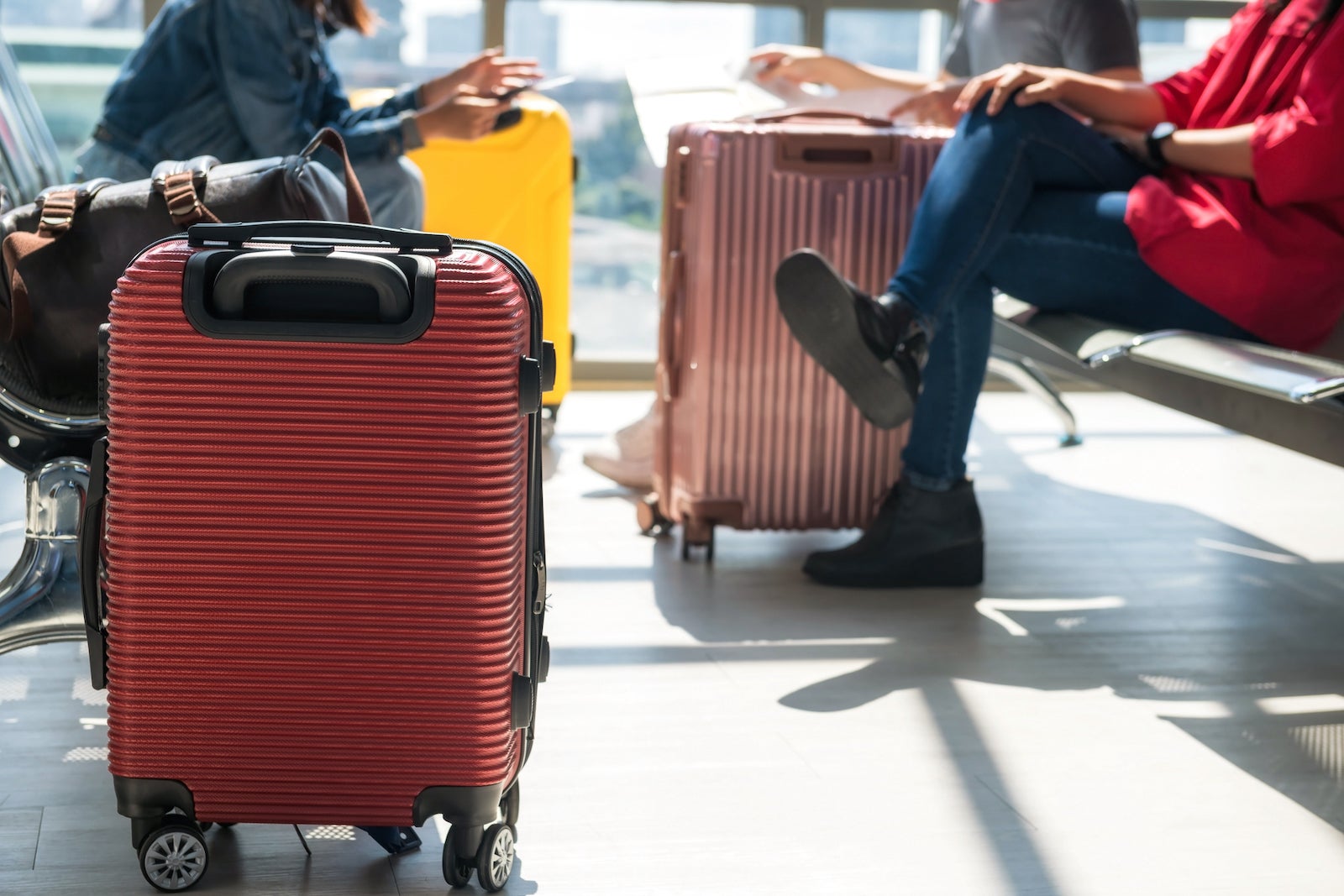Packing your carry-on for your next adventure? Before you head to the airport, it’s important to know the rules. Airlines have specific requirements for your luggage size. You don’t want to be surprised at the gate. Check out these handy guidelines.
Different airlines have different rules. The size of your carry-on might vary depending on who you fly with. It’s always a good idea to check your airline’s website before you pack your bags. This article breaks down the key information you need to know.
Understanding Carry-On Size Limits
Most domestic airlines allow one personal item and a larger carry-on. The personal stuff slides under the seat, but the carry-on calls the overhead bin home. This larger bag must typically fit within 22 by 14 by 9 inches, including wheels and handles.
Different airlines follow different size guidelines. Some make room for more, others not so much. This difference mandates a quick read-up of the size policies on your airline’s website before you zip your bags closed.
Domestic Airlines’ Carry-On Policies
When flying Southwest, your carry-on and personal items must fit within the 45-inch combined dimensions guideline. Meanwhile, Delta, like other major U.S. airlines, adheres to the 22 by 14 by 9 inches rule for the overhead compartment.
American Airlines limits overhead items to 22 by 14 by 9 inches, with personal items being a bit smaller. United is on the similar trail with its flexible bags fitting under the seat, not exceeding 17 by 10 by 9 inches. JetBlue and Alaska demand adherence to these same dimensions for carry-ons. Larger personal items can rest beneath your feet.
International Airlines’ Carry-On Specifications
An international journey demands a deeper dive into the weight of your carry-ons too. Some airlines have a strict weight policy. For example, Emirates cap the carry-on at 15 pounds, while Korea Air allows up to 22 pounds for economy. Be prepared with a scale at hand.
Carry-On and Personal Item
Airlines separate your items into personal ones and carry-ons. This distinction means your backpack might fall under personal, while the suitcase goes overhead.
Southwest previously offered two free checked bags with a ticket, but that luxury is no more. The shift outlines the fact that size and weight matter even more now. To snuggle comfortably within limits, double-check your fare’s allowance for checked luggage.
Managing Carry-On Weight
Aside from focusing on weight, it’s wise to treat carry-on baggage allowance as a unified package. For example, those flying basic economy with United may only bring one personal item on board.
Allowed Items in a Carry-On
Bought duty-free items over 3.4 ounces? No worries! As long as they’re kept in tamper-evident bags with receipts intact, you’re set to board.
Each country handles carry-on regulations slightly differently too, so a little research goes a long way. Keep informed about the latest regulations so you can move freely on your travels.
Knowing Airline-Specific Regulations
Each airline gives a unique twist on what’s required to bring aboard. From size to weight, it’s about knowing which rules apply to your chosen carrier.
A keen eye on your fare type reveals how many bags you can manage within specific boundaries. Some airlines offer more, others less.
Weight Regulations for International Carriers
Flying internationally often invites varying weight circumstances for your carry-on. Knowing whether your fare includes one or two items is essential.
International flights might ask you to adhere to weights like 15 pounds for airlines like Emirates, while others can permit as much as 51 pounds for British Airways. Don’t be left guessing – always check your airline’s policies.
Staying aware of these guidelines ensures smooth skies ahead. When in doubt, check with your airline.
Long Haul Carry-On Tips
Embarking on a lengthy journey? Being mindful of the modifiable rules of carry-ons between airlines pays off.
Smart packing means evaluating size and contents, sticking to policies, and ensuring a comfortable fit overhead.
Being on top of what you can and cannot bring on board paves the way for a seamless flying experience ahead.
Flying smart with your carry-on luggage starts with understanding. Know what you’re allowed to take to make your journey smoother and less stressful.
Before your trip, ensure you understand size, weight, and item restrictions by checking with your airline’s flight policy. Happy flying!





